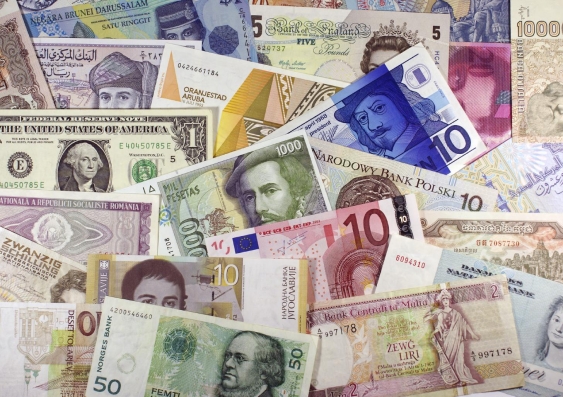Ireland’s past could have an answer to an independent Scotland’s currency question
Of all the currency arrangements cited in the debate over the future of Scotland’s currency, the ones conspicuously missing are those closest to home, writes David Blaazer.


